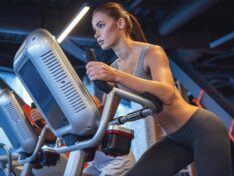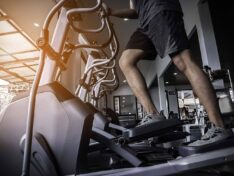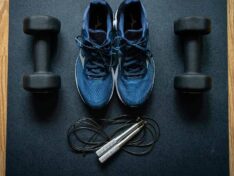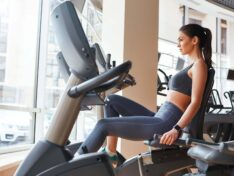Running Benefits: What Muscles Does the Treadmill Work?
We know the treadmill is one of the best fitness machines available. But, are there specific core treadmill-building muscles besides the heart?
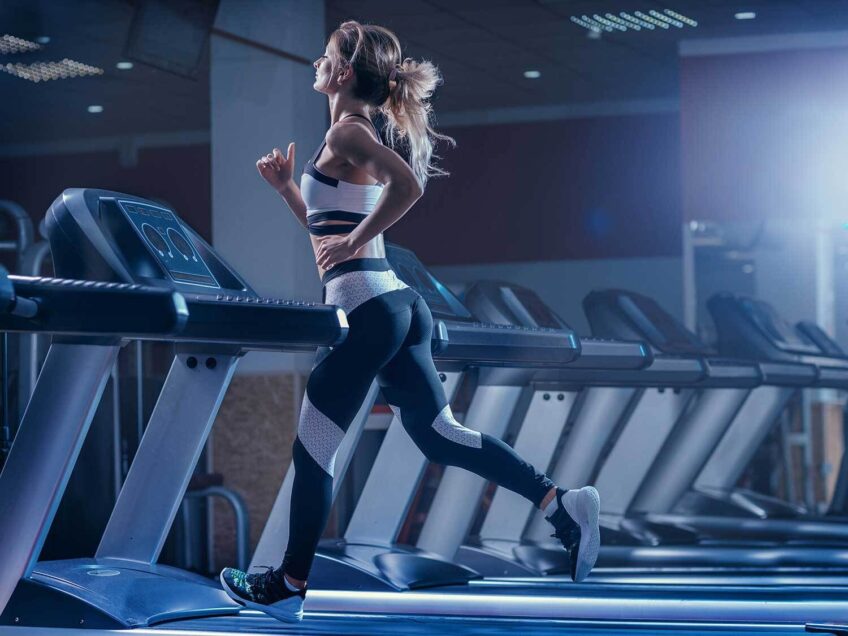
When I first started going to the gym, I would spend most of my time on the treadmill. I got leaner and felt good. But eventually, I wanted more from my workouts. I started to learn how to lift weights, and the treadmill became a distant memory.
However, I have recently returned to the treadmill.
I enjoy running, and I missed my time spent getting sweaty on the treadmill in time with my music. I still find this the most therapeutic exercise for me. After doing some research I realized that I didn’t need to take something I enjoyed out of my workout routine.
I am here to tell you why the treadmill is an excellent piece of equipment. Used correctly, it can work your quadriceps, hamstrings, calves, glutes, abdomen, back, shoulders, pectorals, and arms.
It is also great for your cardiovascular system and helps to keep your heart healthy.
Treadmills engage muscles throughout your body and support you to tone up and burn calories! You can walk, run or climb a slope, and it is all beneficial in its own way.
The best workout routines are varied and enjoyable. Here is a breakdown of what muscles you can work out on the treadmill.
If you don't already have an in-home treadmill, make sure to view our treadmill buying guide.
Heart
Your heart is your most important muscle. It is made up of tissue called cardiac muscle. This pumps blood and oxygen to all your other muscles and helps to keep your whole body healthy and moving -- but, we all know this.
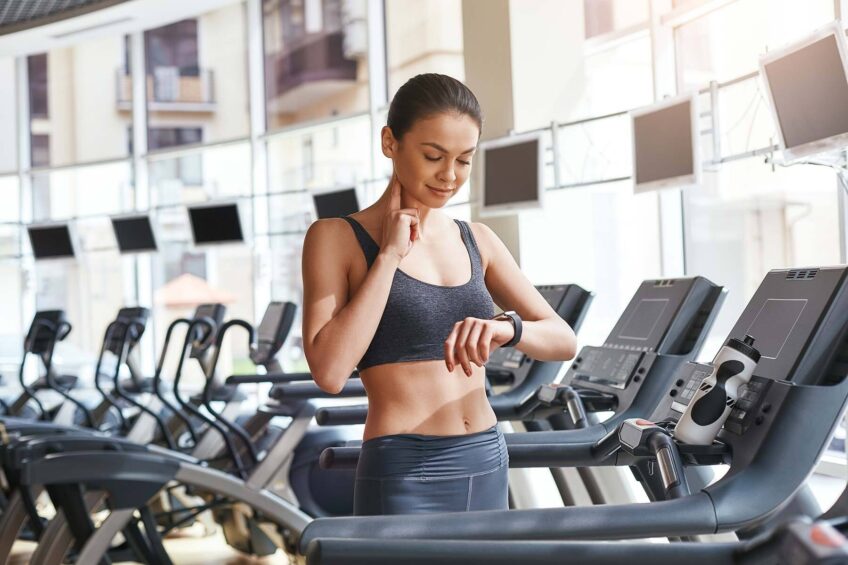
A healthy heart also helps your endurance and can prevent you from getting many life-threatening illnesses such as heart disease.
However, studies suggest that weight training can be just as effective as cardio for keeping your heart healthy. Therefore, if this is your main priority, then do what you enjoy the most or keep your exercise routine varied.
Here are some tips for getting the most out of the treadmill for your cardiovascular health:
- Swing your arms. Upper body movement will increase your heart rate and maximize how many calories you burn.
- Interval training. This involves working out various intensities. For example, on a treadmill, you can run fast for a minute and then walk quickly for two minutes. Or you can raise the incline and drop it back again.
Chip Gay, a clinical exercise specialist, explains that interval training is great for your heart as it encourages it to work hard and then rest, which makes it more efficient.
Core Muscles
Your core muscles include your abdominal muscles and your obliques. They are fundamental to keeping fit. They keep your body stable, balanced, and they protect your spine.
When you walk quickly or run on a treadmill, your core muscles are engaged as they keep you upright and stabilize your pelvis. Your transverse abdominal muscle also works hard to push air from your lungs as your breathing becomes faster.
The harder you work on the treadmill, the more these muscles are worked, especially if you run on an incline.
To more successfully work out your core when using a treadmill, there are a few things you can do:
- Maintain posture. Stand straight with your shoulders back and head up; this allows your core muscles to do their job by keeping everything aligned.
- Breathe effectively. By breathing through your nose and out through your mouth while engaging your core, you will contract your abs. I always work to get my breathing into a step-count rhythm.
Calves
The gastrocnemius and soleus are the muscles that make up your calf at the back of your lower leg. They stabilize you as you walk or run, so they are important muscles to keep you healthy.
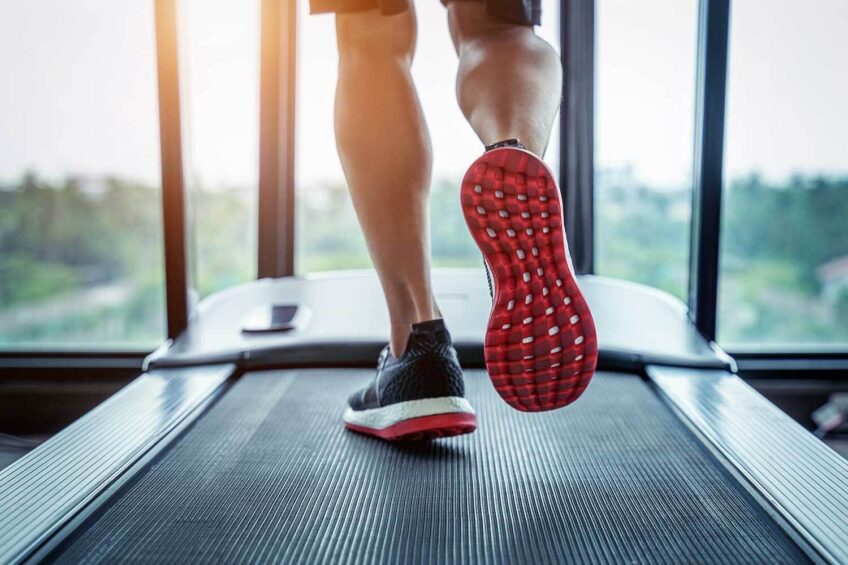
Whether you are walking or running, the treadmill is great for your calves. However, there are things that you can do to make the treadmill a more effective workout for your calves:
- Incline. The best way to increase the workout for your calves on the treadmill is to walk and run on an incline. Walking uphill slowly will have less of an effect on your heart but more on your legs. Blood will be pumped to your calves. Continue to keep your core engaged and posture straight to have the most successful workout.
- Backward walk. Walking backward and letting go of the bars will force your legs to help to keep you balanced. footwear will help to engage both your core and your legs. Step back using your toes first to work your calves harder.
- Stretch. After working your calves always stretch them. This will help you to heal faster and will keep your muscles flexible.
You can view this article on building stronger calves to supplement your treadmill workouts.
Quadriceps
Your quadriceps are on the front of your thighs. They do the most work in running and walking.
These muscles will always be engaged on the treadmill, but similar to your calves, you can get more out of your workout by using the treadmill on an incline or walking backward.
Hamstrings and Glutes
Your hamstrings are located on the back of your thighs, and you know where your glutes are located. Both of these muscles will gain strength and endurance on the treadmill.
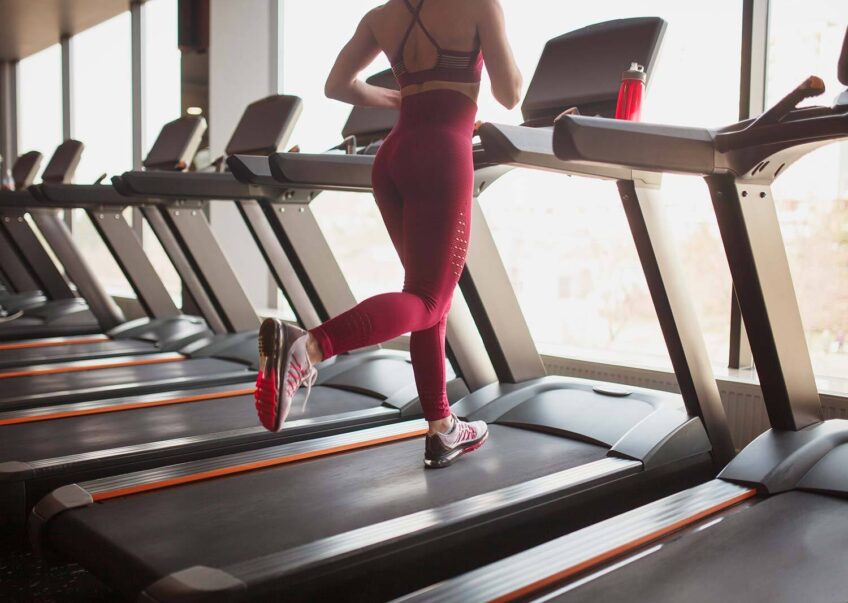
To target these areas, you can try:
- Lunges. One option is to put the treadmill on a slow walk and perform lunges. Be sure to eat your posture straight and hold on to the railings to support you. Step forward into a lunge bending both knees, but step one foot forward and take the other foot back.
You can perform this on an incline for an even more of a workout:
- Skipping. On low speed, you may also choose to skip on a treadmill while alternating your leading leg. This uses a lot more of your hamstrings and glutes. Start by holding onto the railings, and when you are comfortable, you can swing your arms too.
- Squatting. Squatting on the treadmill on a high incline is an excellent workout for these muscles. Put the treadmill on the slowest speed and turn to the side while holding the side rail. Take a large step with your leg that is facing uphill and lower yourself into a squat as you rise to bring your legs back together.
Arms
When you run, your arms are also getting a light workout. If you have ever done a long run, you will notice that your arms hurt as well as your legs. Although the treadmill mainly works your lower body, there are things that you can do to increase the workout in your arms. Including your arms in the activity will also work your cardiovascular system harder.
- Strap on weights. Strap-on weights are a great way to get more out of your workout on the treadmill. You can strap them onto your ankles or your wrists.
Putting weights on your wrists will increase the workout to your arms while keeping your hands free to ensure that you are safe on the treadmill. When starting with wrist weights, keep the treadmill slow.
You can do lateral raises or bicep curls as you walk slowly, but as you go faster, just move normally as it will be enough to give you a good workout.
Bone Health
Ok, so I realize that bones are not a muscle. However, bone health is a benefit that I did not want to miss off. Bone density measures the mineral content in your bones. Running helps to increase bone density, especially in your back and legs. This helps to keep your bones healthy.
Common Mistakes to Avoid
To make the most out of your time on a treadmill and build strength in the muscles mentioned, there are certain common mistakes that you should work to avoid.
- Start slow. Start slow, warm up your body, and make sure your form is right before quickening the pace. This will prevent injury.
- Stand straight. Stand up tall and don’t hunch or look down. This will keep your core engaged and improve your daily posture. Running with poor posture can also cause back, neck, and shoulder pain and can tire you out quickly as you cant breathe efficiently. You should also avoid leaning forward for the same reasons. Engage your core, bring your shoulders back, and keep your head high. At first, you make have to keep reminding yourself to stay up straight.
- Don’t hold on. When walking or running, don’t hold on to the handlebars unless you need to support yourself. This will prevent you from having the proper posture or utilizing your arms. There are exercises that involve holding on, as mentioned above.
- Don’t over-stride. Many people take long strides to go faster. However, keeping your front heel close to your body while your back heel is on the floor will allow you to push off with more power and speed and will let you to burn more calories.
- Wear supportive shoes. As you walk or run, you should go from heel to toe, this is most comfortable with supportive and flexible running shoes. Proper shoes will improve your form and prevent injury.
My Thoughts?
The treadmill is a full-body workout, and it can be adapted to target specific muscles. The treadmill is genuinely the best fitness equipment you can own, in my opinion.
The other great thing about the treadmill is that it is possible to have a treadmill in your own home. This is a great way to exercise on days when you can’t make it to the gym.
Whether you want to build up your stamina or build up strength in your core and legs, the treadmill has got you covered.
The treadmill is a great place to check in with your form and build awareness of how you use different muscles.
A varied workout routine is best as it builds your muscles, prevents injury, and beats boredom. The treadmill is a great way to mix up your routine as it is a great cardiovascular workout that also builds strength.
Tony Lee, MS, RD
Tony Lee, RD, MS, is a highly qualified and accomplished Registered Dietitian with a Master’s Degree in Nutrition Sciences. Tony brings over two decades of experience in dietetics, specializing in sports nutrition. Interests include studying all aspects of wellness, fitness, genetics, and peak health performance.











